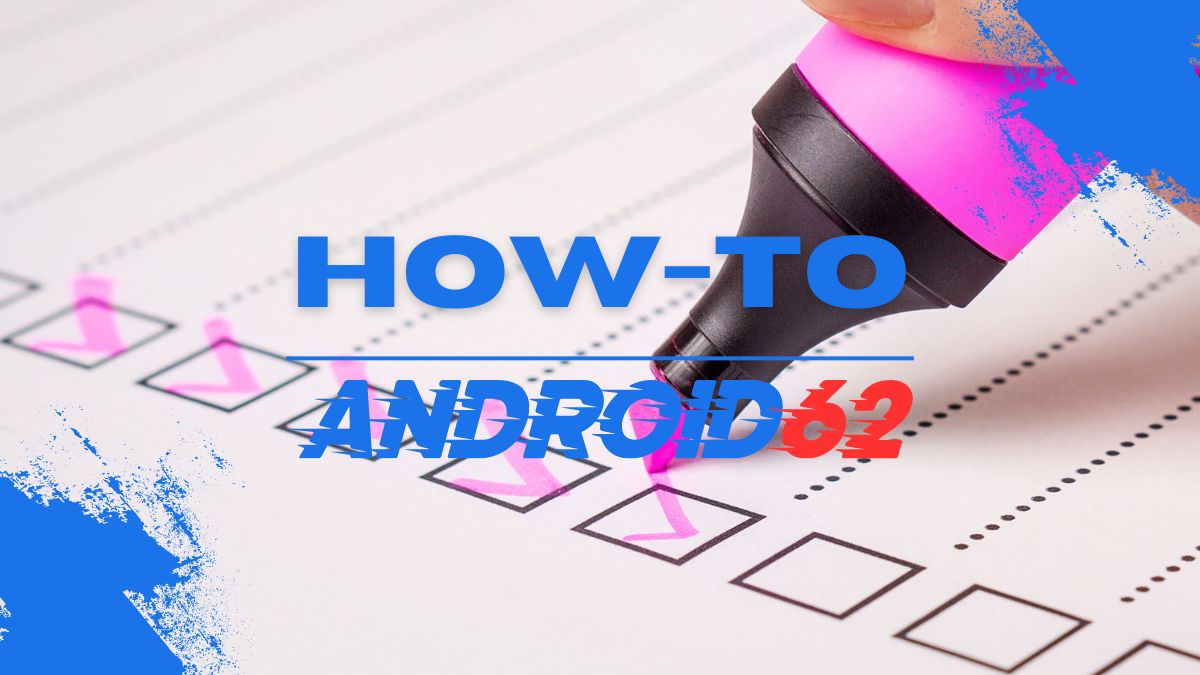
When visiting or interacting with Japanese people, it is essential to show gratitude and appreciation. Saying “thank you” in Japanese is a simple way to express your thanks and respect. In this guide, we will explore the various ways to say thank you in Japanese, along with cultural nuances and polite expressions.
Arigatou ありがとう (Casual/Formal)
Arigatou (ありがとう) is the most common way to say “thank you” in Japanese. It is used in both casual and formal settings, making it a versatile expression of gratitude. Here are some variations and extensions of “arigatou” you can use:
- Arigatou gozaimasu (ありがとうございます): This is a more polite and formal way to say thank you. It is suitable for business settings or when showing respect to someone of higher status.
- Arigatou gozaimashita (ありがとうございました): This is used to express thanks for something that was done in the past. It is a polite way to show appreciation for a previous action or favor.
- Arigatou ne (ありがとうね): This can be used to show appreciation and agreement at the same time. It is a casual way to say thank you while also acknowledging the other person’s statement.
Sumimasen すみません (Apology/Thank You)
Sumimasen (すみません) is a versatile term in Japanese that can mean “I’m sorry” or “thank you” depending on the context. It is often used to express gratitude for a favor or assistance. Here are some ways to use “sumimasen” to say thank you:
- Sumimasen ga, arigatou gozaimasu (すみませんが、ありがとうございます): This phrase combines an apology with a thank you. It can be used to show gratitude while acknowledging that you are inconveniencing someone.
- Sumimasen, osewa ni narimashita (すみません、お世話になりました): This phrase is used to express gratitude for someone’s care and assistance. It is a polite way to thank someone for their help.
Otsukare-sama desu お疲れ様です (Thank You/Good Job)
Otsukare-sama desu (お疲れ様です) is a unique expression in Japanese that can be used to say thank you and acknowledge someone’s hard work. It is commonly used in workplace settings to show appreciation for colleagues’ efforts. Here are some variations of “otsukare-sama desu” you can use:
- Otsukare-sama deshita (お疲れ様でした): This phrase is used to thank someone for their hard work after it has been completed. It is a polite way to show appreciation for someone’s efforts.
- Otsukaresama (お疲れ様): This is a casual way to say thank you and acknowledge someone’s hard work. It is often used among friends or peers.
Doumo arigatou gozaimasu どうもありがとうございます (Polite Thank You)
Doumo arigatou gozaimasu (どうもありがとうございます) is a more formal and polite way to say thank you in Japanese. It is suitable for showing respect and gratitude in professional or formal situations. Here are some variations and extensions of “doumo arigatou gozaimasu” you can use:
- Doumo arigatou gozaimashita (どうもありがとうございました): This is used to express gratitude for something that was done in the past. It is a polite way to thank someone for their help or assistance.
- Doumo arigatou (どうもありがとう): This is a casual way to say thank you while still maintaining a level of politeness. It can be used in various situations to express gratitude.
Gochisousama deshita ごちそうさまでした (Thank You for a Meal)
Gochisousama deshita (ごちそうさまでした) is a phrase used to express gratitude after a meal. It is a way to thank the host or chef for preparing the food and showing appreciation for the meal. Here are some ways to use “gochisousama deshita” to say thank you for a meal:
- Gochisousama (ごちそうさま): This is a casual way to say thank you for a meal. It can be used among friends or family members after sharing a meal together.
- Gochisousama desu (ごちそうさまです): This is a polite way to thank someone for a meal. It is suitable for formal or professional settings when showing appreciation for hospitality.
Other Ways to Say Thank You in Japanese
In addition to the common expressions mentioned above, there are other ways to say thank you in Japanese. Here are some additional phrases and words you can use to express gratitude:
- Yoroshiku onegaishimasu (よろしくお願いします): This phrase can be used to thank someone in advance for their help or cooperation. It is often used when asking for a favor or assistance.
- Okagesama de (お蔭様で): This expression is used to show gratitude for someone’s help or support. It is a formal and respectful way to say thank you.
- Tasukarimashita (助かりました): This phrase is used to thank someone for their help or assistance in a time of need. It expresses gratitude for the support received.
- Hande shimatta (半でしました): This casual expression can be used to thank someone for their hard work or effort. It shows appreciation for someone’s dedication.
Cultural Considerations
Understanding the cultural context of saying thank you in Japanese is essential for proper etiquette. Here are some cultural considerations to keep in mind when expressing gratitude:
- Bowing: In Japanese culture, bowing is a common way to show respect and gratitude. When saying thank you, consider bowing slightly as a sign of appreciation.
- Timing: Timing is crucial when expressing thanks in Japanese. It is customary to say thank you immediately after receiving a favor or assistance to show prompt acknowledgment.
- Tone of Voice: The tone of voice can convey sincerity and respect when saying thank you. Use a polite and grateful tone to show genuine appreciation.
Conclusion
Saying thank you in Japanese is an important aspect of communication and etiquette. By using the correct expressions and cultural considerations, you can show gratitude and respect in various situations. Remember to tailor your thank you message based on the formality of the setting and the relationship with the person you are thanking. Practice these phrases and gestures to master the art of expressing gratitude in Japanese.



